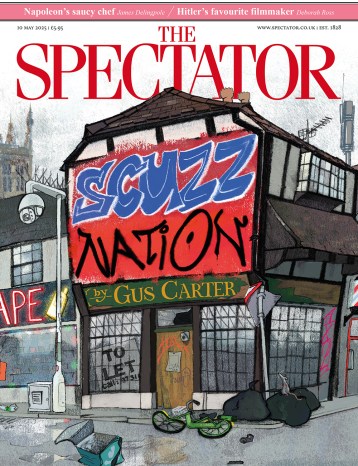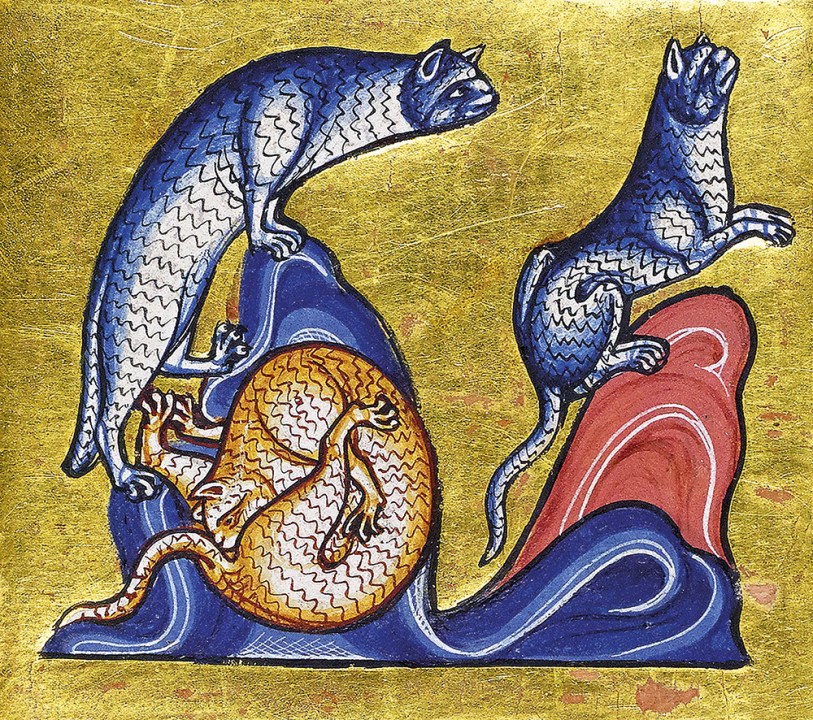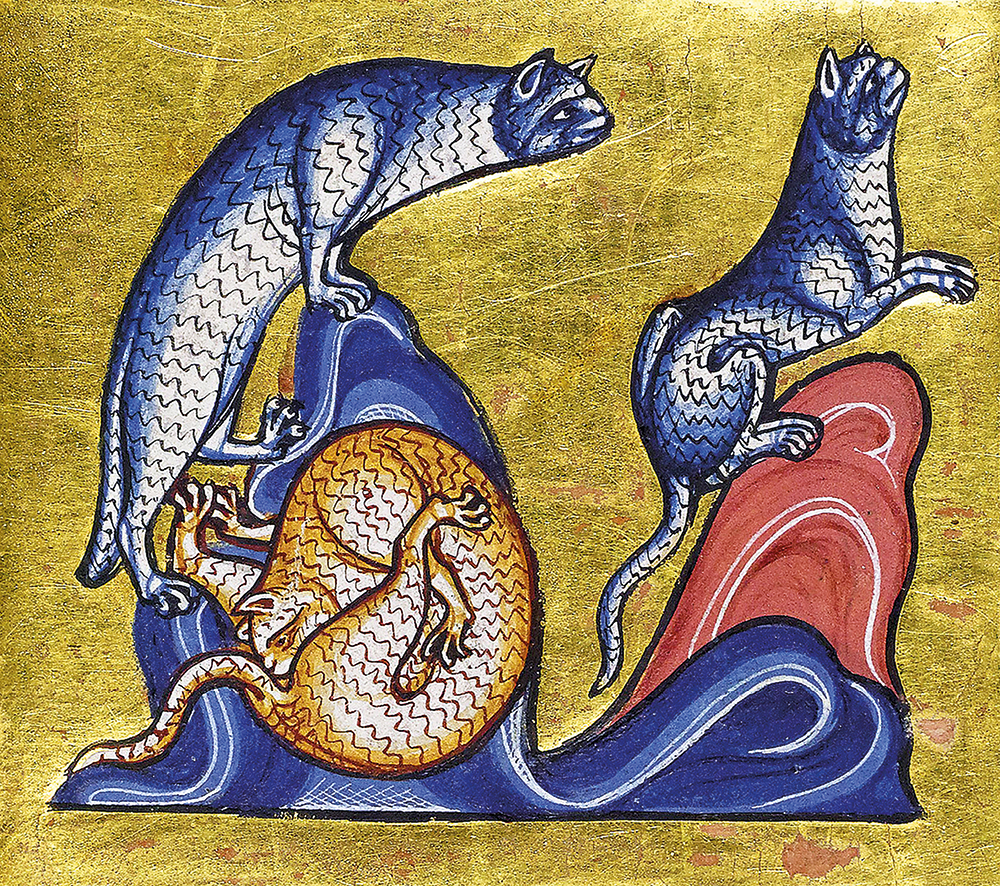How to hunt an elephant. Find a tree and saw most of the way through it without felling it. Sooner or later an unwary elephant is bound to lean up against it. Down comes the tree and down comes the elephant, which, since it has no joints in its legs, will be unable to get up again.

Disagree with half of it, enjoy reading all of it
TRY A MONTH FREE
Our magazine articles are for subscribers only. Try a month of Britain’s best writing, absolutely free.
Already a subscriber? Log in







Comments
Join the debate, free for a month
Be part of the conversation with other Spectator readers by getting your first month free.
UNLOCK ACCESS Try a month freeAlready a subscriber? Log in